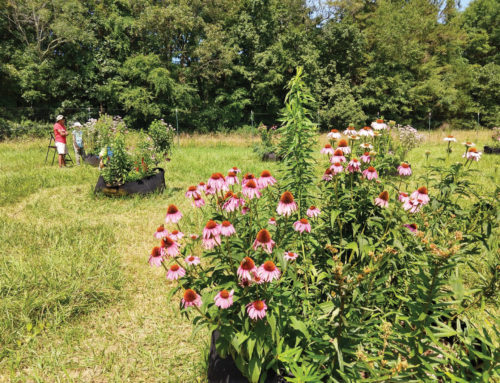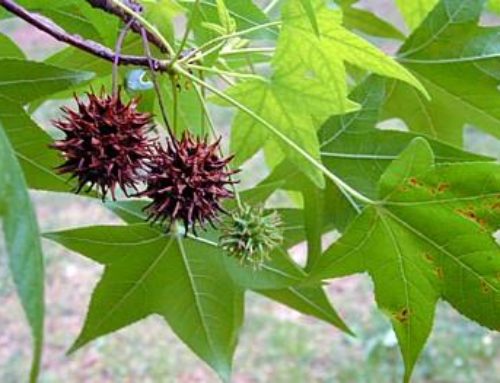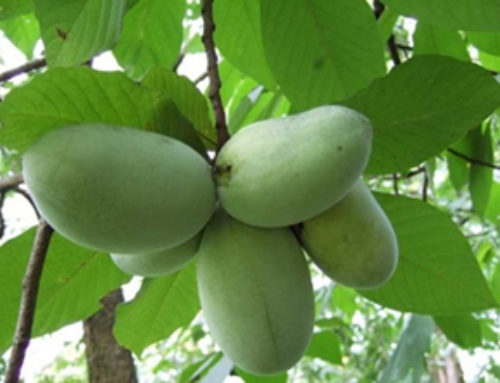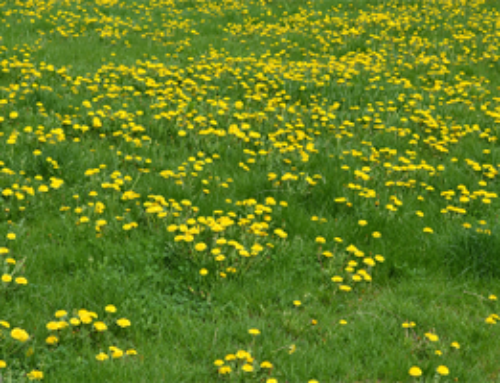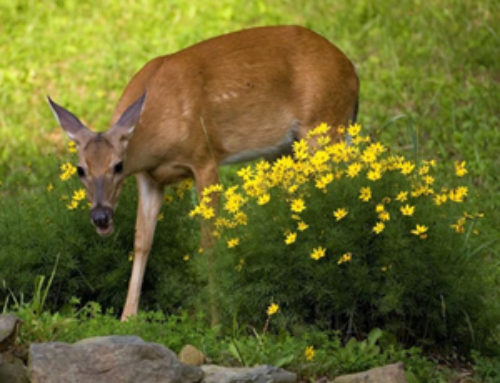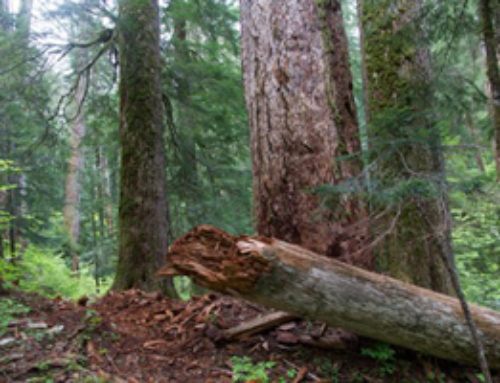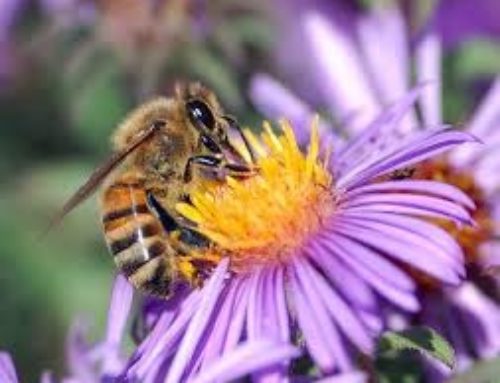Not too long ago, seasons were clearly defined things. Winter was cold. Spring was warm. Summer was hot. Autumn was cool. Nowadays, however, man-made climate change has made telling the seasons apart and predicting what the weather will be a real headache—especially for farmers. In the space of one month, we might have snow, balmy spring weather, downright hot summer weather, and even a hail storm. What’s a farmer or gardener to do?
Many plants, even native ones, don’t do very well in these conditions. Many wilt and die, while others become waterlogged and no longer grow—plant indigestion, in other words.
However, there are a number of solutions farmers and gardeners can fuse to deal with a changing climate and unpredictable weather. None of these ideas is a solution to climate change itself, but they can helpl overcome obstacles posed by climate change to the agriculture industry.
Diversify the plants you grow
Many farmers grow only one or a few types of plants, so adding new ones that can tolerate the changing climate can increase your crop yield or make your garden more attractive. Of course, you should choose new plants that aren’t sensitive to climate change.
Plant Earlier
Most farmers and gardeners grow their plant, crops, and flower beds so they will produce the following year. If the changing climate has caused spring-like temperatures to arrive earlier and earlier in the year, it might be possible to plant earlier as well, giving the crops and flowers a chance to grow before the changing weather threatens them.
Inspect Plants for Diseases and Insects
The increase in temperature causes many insects to breed earlier in the year, and this in turn spreads diseases to plants. A warming climate, after all, is a double-edged sword: it increases crop productivity but at the expense of helping insects and other pests to flourish.
Evaluate Your Soil
The best soils, both in general and especially for areas strongly affected by climate change, are those with high proportions of raw organic matter. This improves drainage during heavy rain and retains precious water during droughts.
If a farmer or gardener can take all of these into account, then she should be well equipped to take advantage of the gardening opportunities presented by the changing weather. This is, after all, an exciting time to be a gardener: as our area becomes more temperate, we can grow more things over a longer growing season.
However, I must end this discussion with a warning. I in no way condone perpetuating the phenomenon of global warming simply for the sake of facilitating gardening. Man-made climate change is a serious issue with serious consequences. We can adapt our practices to cope with it, but it is preferable to work towards reversing it altogether.




